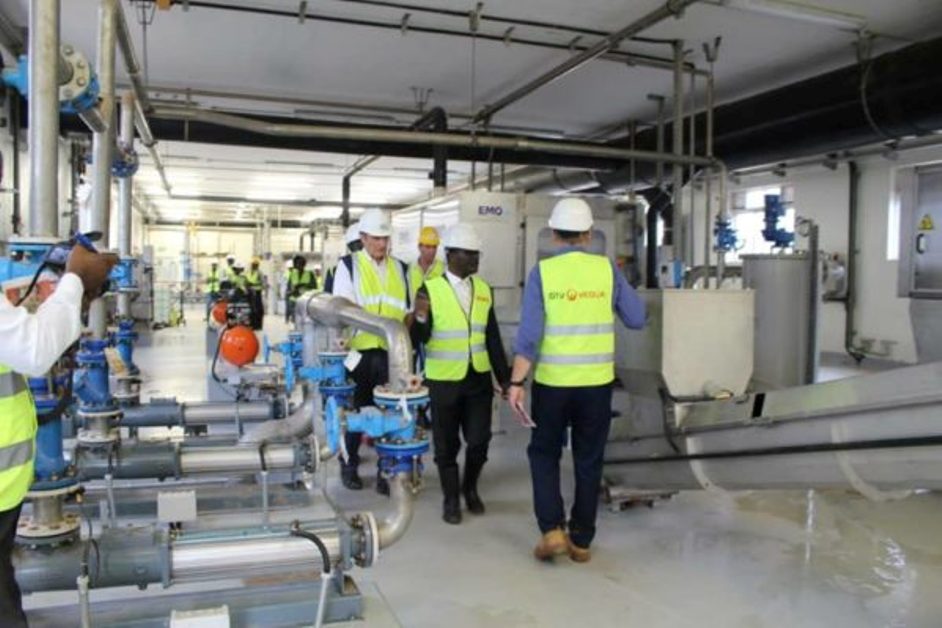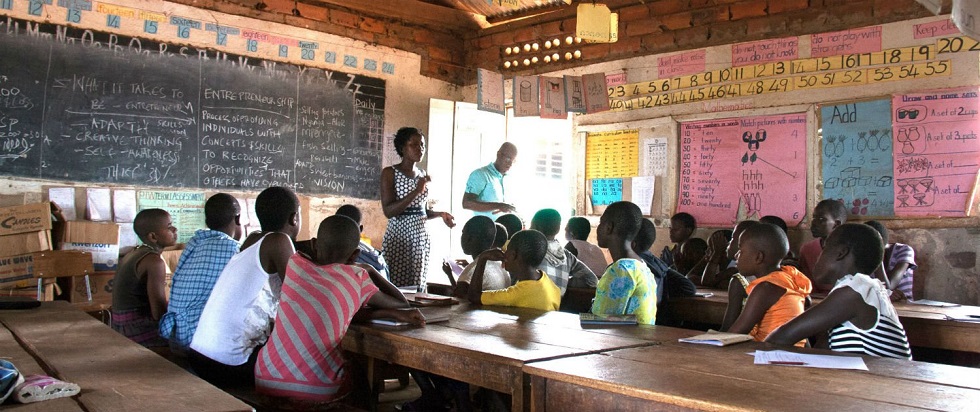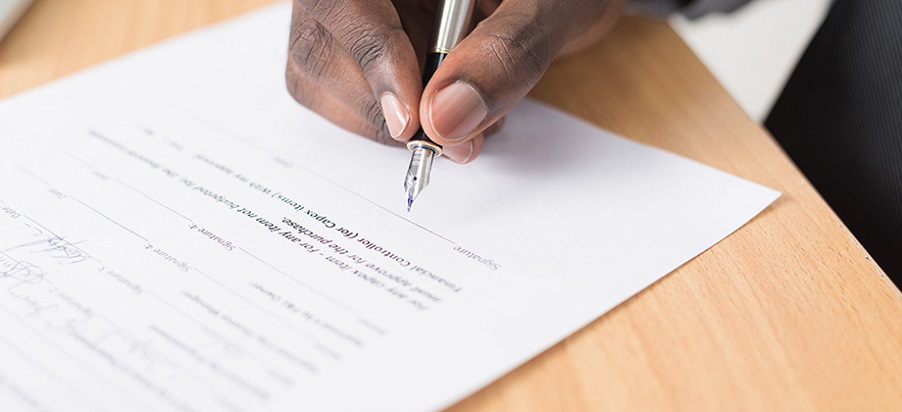East and Central Africa’s largest sewerage treatment plant is 99% complete/Online photo
The National Water and Sewerage Corporation (NWSC) will save Shs3.6bn annually in Electricity Bills when the multi-billion Bugoloobi based Sewerage Treatment Plant comes into operation in December 2020.
The revelation was made by James Maiteki, Senior Manager Sewerage Services Kampala at NWSC today while updating the press about the progress made in constructing the mega sewerage treatment plant.
He said it will be the biggest treatment plant in East and Central Africa. Its constriction works stand at 99% with completion expected in December 2020.
“What is unique about this treatment plant is that it is fully automated, we are trying to bring what Europeans are using into Uganda. We also have biogas that will be generated at this plant. The biogas systems are being commissioned, we are hoping to have them automated in early 2021. The idea is to tap this energy, if we have biogas engines so that we have electricity generated to run the treatment plant,” Maiteki said.
He noted that in order to ensure self sustainability of the plant, the biogas that will be produced at the plant will be converted to produce electricity to run the Hi-Tech machinery, a move that would save NWSC about Shs300m in Electricity Bills monthly and that would translate to Shs3.6bn annually.
“This treatment plant is really energy intensive, it is has pumps, machines and these are consuming Shs300M in electricity every month so once we generate our own electricity, we should be able to subsidise a lot on that cost,” he said.
The new plant has replaced the defunct Bugoloobi treatment plant and is now serving the Central Business district covering: Ntinda, Naguru, Nakawa, Kinawataka, Butabika, Old Kampala, Makindye among others.
The new plant separates solids from liquids waste, with the liquid waste sent back to Nakivubo channel to revert back to Lake Victoria, while the solid waste is sold to customers as fertilizer.

Whereas the processing of the liquid takes 8hours, the solid waste takes 30-60days to process and the process is further complicated with more complex solid waste like stones, plastic like condoms, sanitary pads, pampers that hit the sewerage system and increase cost of processing.
“We do this to allow solid digest because digestion is really a slow process and in so doing, we are trying to have them in a form that isn’t harmful. The challenge we have is the poor sanitary etiquette, where people think if you don’t want something, flash it in a toilet and that is what causes the clogs in the system.
Constructed on 8 hectares, the plant cost Euro 55Million (Shs240.3bn) in a loan. The works were undertaken by French construction firm, Sogea Satom.





